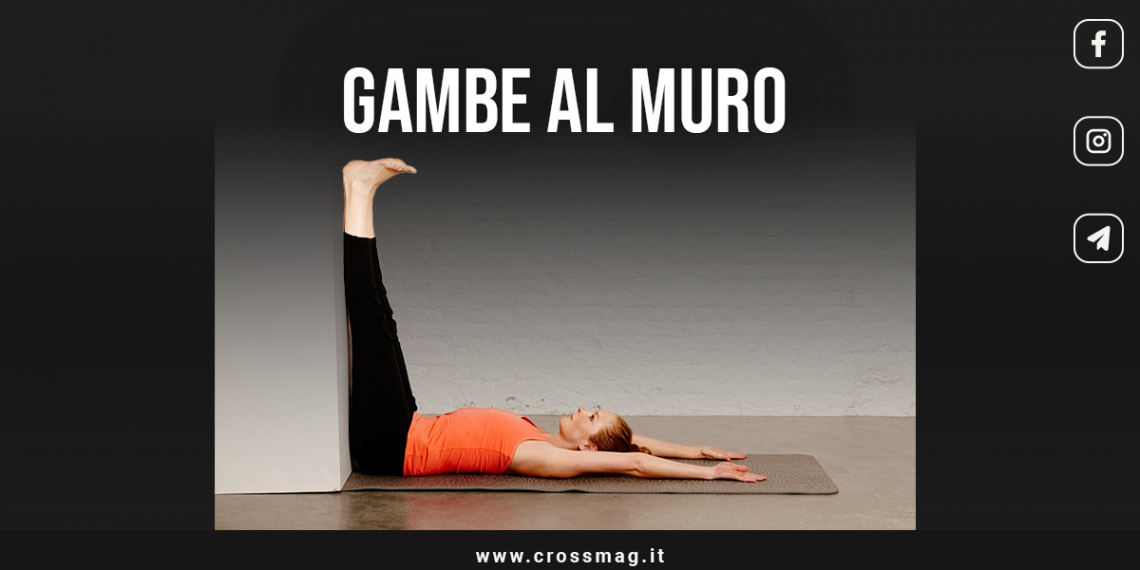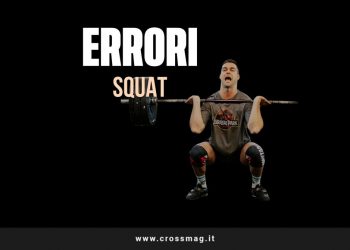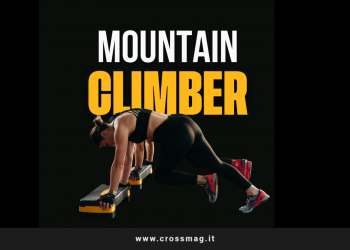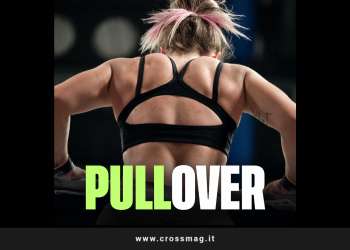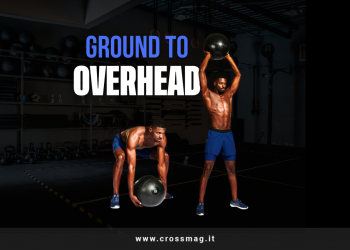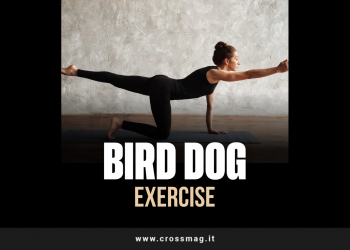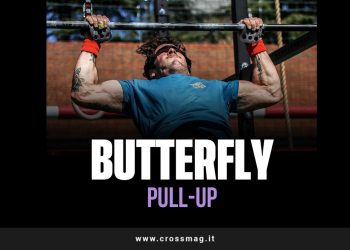Most athletes, after a CrossFit® or other workout, look forward to lie down on the ground to catch your breath and energy; while it's a common practice, especially after a very intense workout, there is a better way to recover: put your legs against the wall in the position that is defined in yoga “Viparita Karani”.
This type of stretching can be performed after a workout or at any other time, in the gym or at home; it is a restorative position and is excellent for the recovery after a WOD and on rest days.
Il bust must be resting on the ground and the legs must be raised and leaned against the wall, which creates blood flow which relieves ailments such as high or low blood pressure, arthritis and small lymph nodes in the feet.
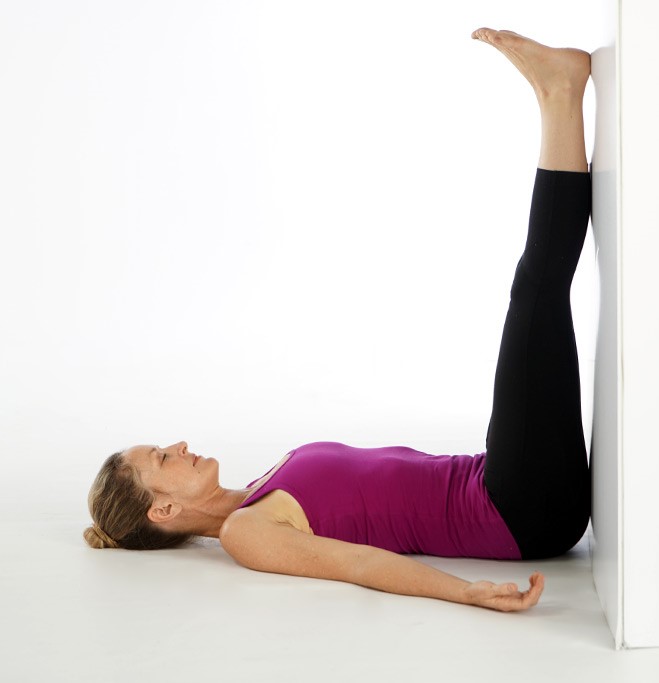
Index
Legs against the wall: how to start
- Find a wall and sit next to it
- the shoulder and leg must touch the wall on one side
- start climbing the wall by swinging your legs up and leaning your torso on the ground
- bring your buttocks closer to the wall to allow for greater wall support
- release the belly down by lowering the sacrum, allowing the pelvis to reach a neutral position
- place your arms out to the side, letting your shoulders move away from the spine
- place your hands on your hips.
If you experience lower back pain during WODs, consider placing an ab mat or blanket under your lower back; this elevates the hips, but reduces the pressure on the back and provides greater relief.
relieve pressure on the head and neck, you can put a rolled up sweatshirt or towel under the back of the neck; stay in the position for 15 to 20 minutes, to allow the body to feel the benefits of the position.
Concentrate on your breathing and try to remain calm and peaceful throughout the stretch.
Benefits of the position of the legs to the wall
This position is perfect for recovery after a couple of demanding WODs; in CrossFit® the legs provide force and resistance to support the body in a variety of movements and exercises.
Let the legs find iThe right way to rest is important for building strength and muscle growth in the long term; many athletes complain of feeling heavy legs or aching back and this position helps relieve joint soreness post WOD.
The most common benefits of this position are:
- help in regulating blood pressure
- less tiredness in the legs
- help in draining the lymph accumulated in the feet
- stretch for the hamstrings, front of the torso and neck
- better digestion
- reduction of symptoms of depression, anxiety, arthritis, headaches and insomnia.
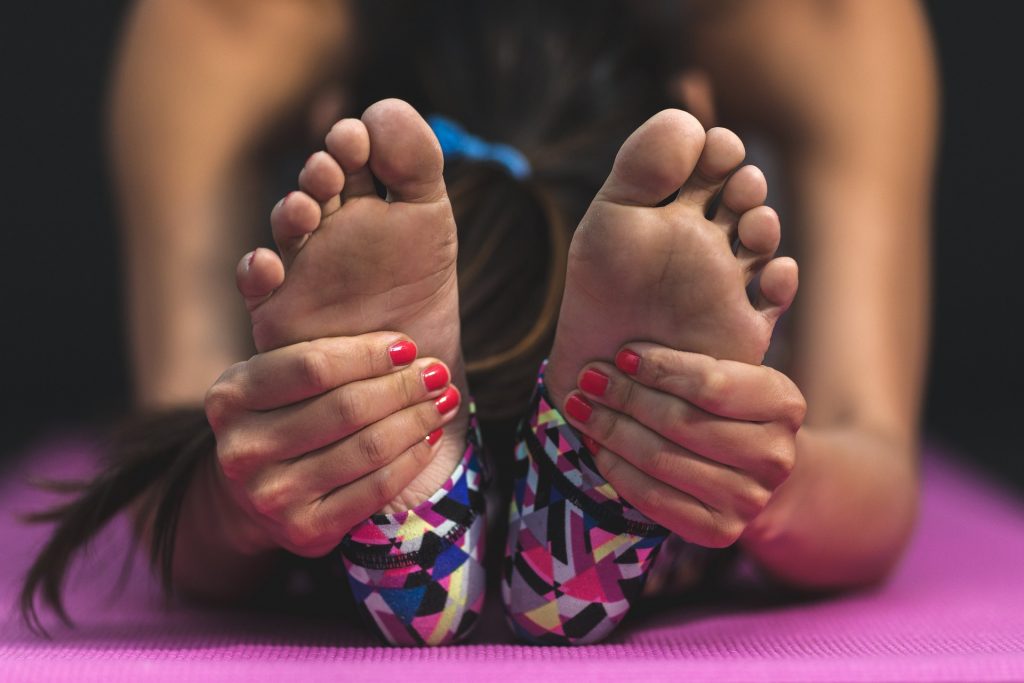
While this position seems accessible to everyone, it is it is better to avoid it in case of serious injuries to the neck, back and in patients suffering from glaucoma.
variants
The location can be done with le legs stretched out against the wall, or the legs can be spread in a V, with benefits for the lengthening of the inner thigh and groin.
You can also bring your feet together and bend your knees pointing them outwards; this helps stretch your hips.
And you, do you do the legs against the wall position after your WODs? Let us know!
We have activated a lot of discounts on our Telegram Fitness & Sport channel: from 30 to 70% on all sports categories! Find it all here

